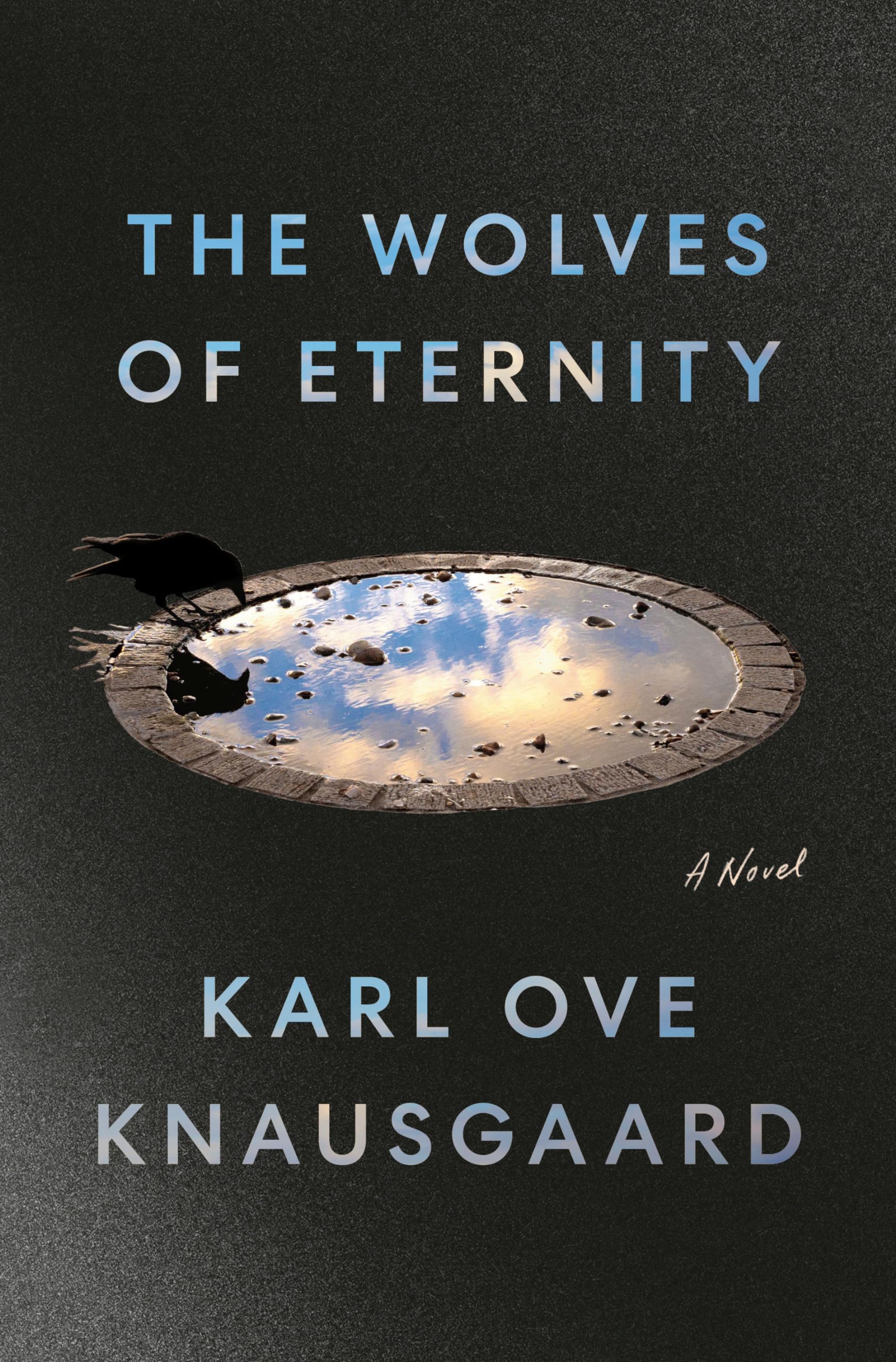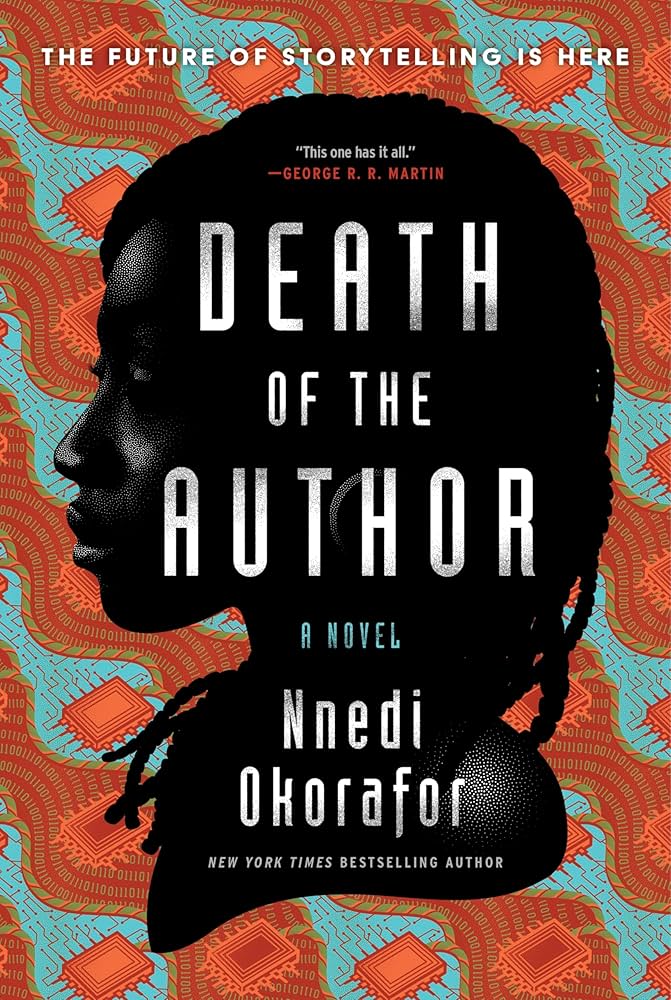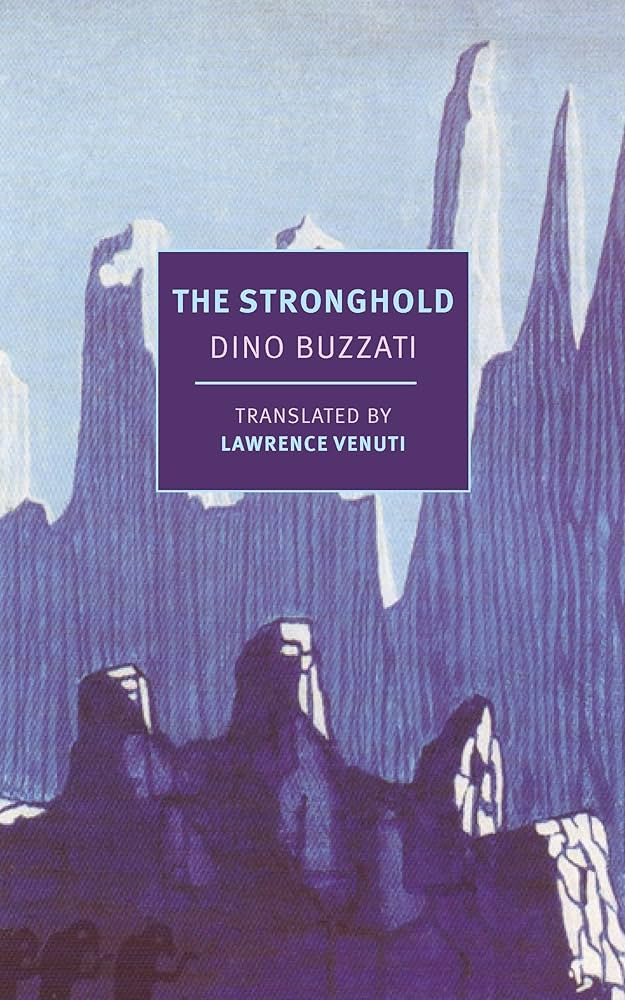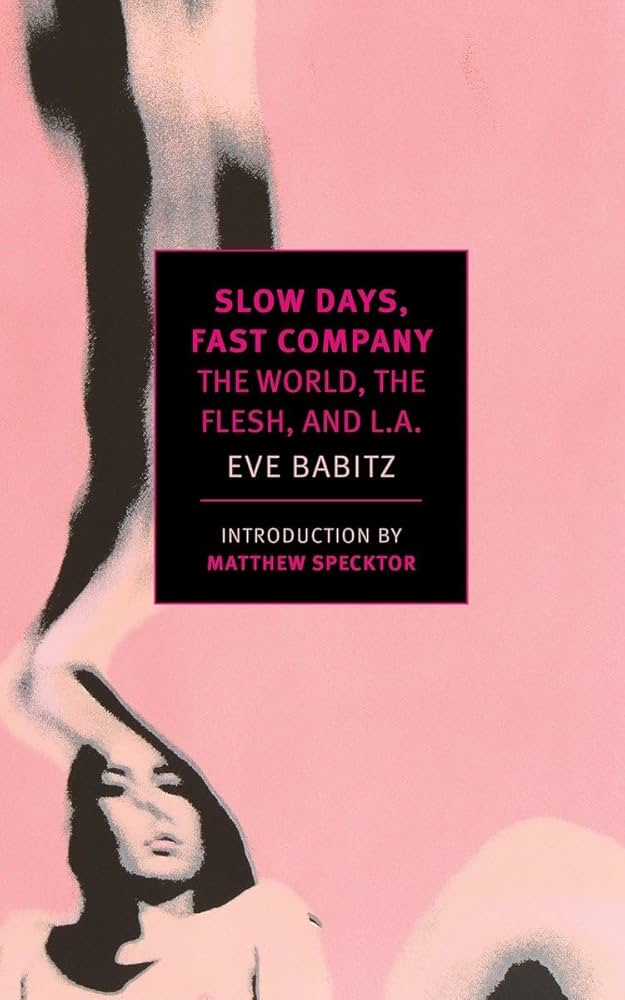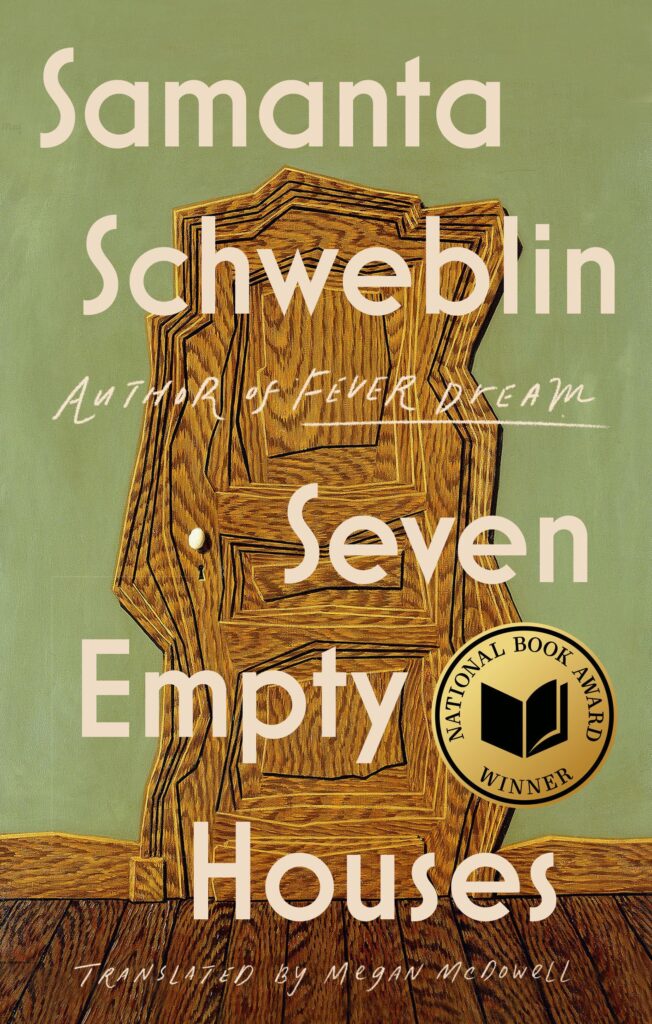Karl Ove Knausgaard is a known entity by now. His My Struggle series is legendary autofiction, both loved and mocked, often by the same people (including me).
What to expect: long, meandering stories from the perspective of ordinary people going about their lives, told in a hypnotic and weirdly spellbinding way, with the occasional, often long, sometimes unbearable lecture on philosophy, history and literature. The first book in his current series, The Morning Star, followed nine different characters in the days and hours leading up to the appearance of a strange new star in the sky. Not a lot happens in the book, but it’s readable and compelling.
The Wolves of Eternity is the sequel to The Morning Star, but it’s not at all obvious for the first 700 pages. Until then it’s Knausgaard in all his various versions, for better and (just a little) for worse.
Mostly it’s the story of two people, Syvern from Norway and Alvetina from Moscow. Syvern’s story takes up the first 400 pages of the novel, and it’s Knausgaard in midseason form. It’s 1986, Syvern is 19 years old, fresh out of mandatory military service, and at loose ends about what’s next. He has moved in with his widowed mother and little brother, and the story is largely mundane life adventures – which is Knausgaard’s wheelhouse. Simple, action-oriented writing, lots of angst, a fair helping of cringe, and pages the just fly by.
Eventually some consequential stuff happens, and that forms the basis for the second half of the story.
The second character we inhabit, Alvetina, lives in Moscow with her teenage son in something resembling modern times. Same deal: we get to know her and how she came to be a university instructor, her dynamic with her son and her father. It’s less readable than the first half, but not by much. And when the consequential event happens in this section, things catch fire.
There are also interludes that seem like non-sequiturs: we spend a few dozen pages with a small-time criminal, there’s a very My Struggle Book 6-ish interlude about history and literature that bored me to tears. I understand why it’s there, but it completely blows up the narrative structure of the book. It’s maybe 40 pages long but it felt like 5 times that.
The storylines and the essay converge in wildly unexpected ways in the last 200 pages of The Wolves of Eternity. The mystery object from The Morning Star finally shows up, and in the last 20 pages, the setup for the next book is complete.
Knausgaard fans will love most of this book. I sure did – I devoured the pages with Syvern, mostly loved the sections about the other characters, and the ending was an absolutely infuriating cliffhanger. It’s not essential to have read The Morning Star prior to this, but it’s the better of the two.
What’s so compelling about Knausgaard’s writing is the pacing. He lulls you into a trance with mundanity, the interior lives of his characters are readable, comfortable and deliberately dull, just like everyday life. Big events and revelations take place but take time to have impact, lurking at the back of the stage as life proceeds as normal. The characters process and ponder these things, rather than springing to action. Last week, the American election happened, the world was stunned by the result, but then we had breakfast and went to work. That’s the genius of Knausgaard’s writing.
He’s also the rare writer that can write an 800 page book and leave me ready to pick up the next instalment immediately. This isn’t his best work (that’s My Struggle book 3, come at me), but it sets up a few more compelling characters for whatever comes next in this series. I wouldn’t have pegged Knausgaard to write the next sci-fi/horror novel, but that might be where we’re going.
I picked up The Third Realm, the third book over the weekend. Expect some coverage here sometime in the next couple of weeks.

